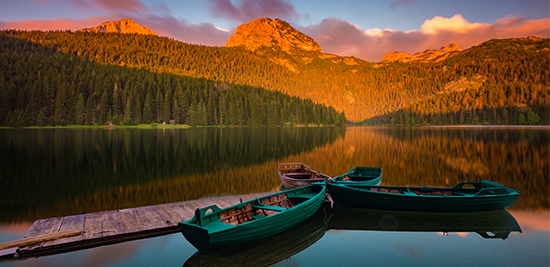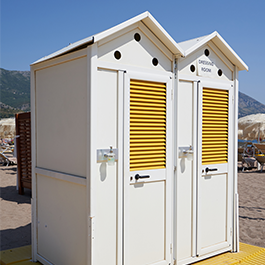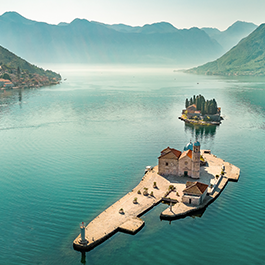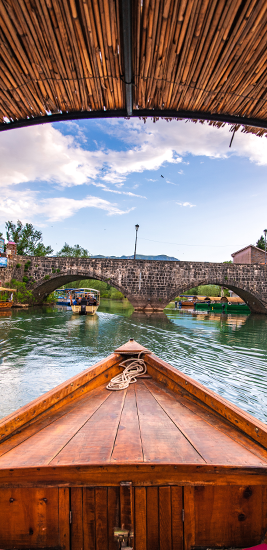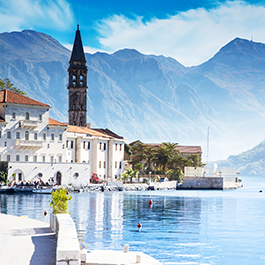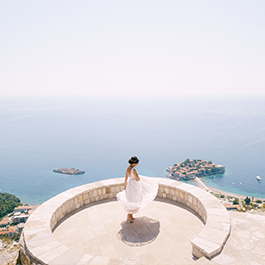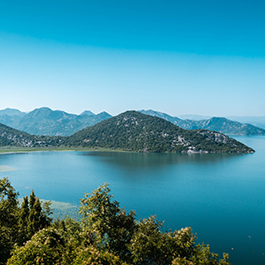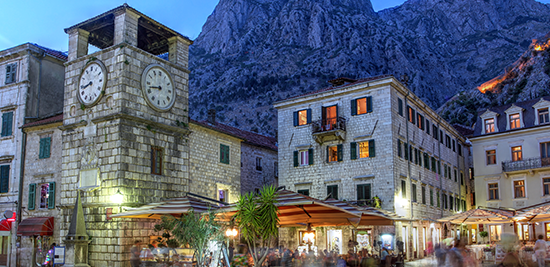

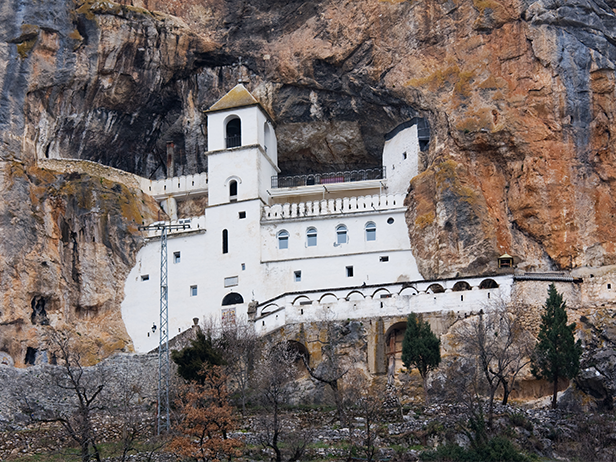
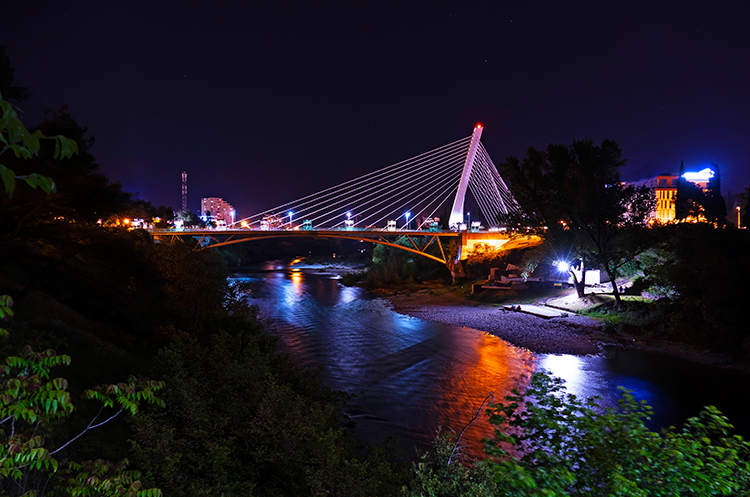
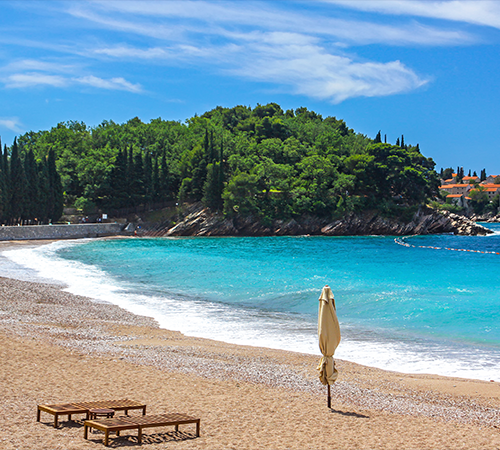
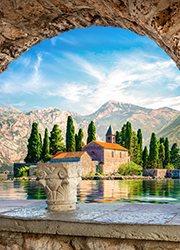

1. Take a trip to the Bay of Cotor
2. Enjoy the beauty of the Durmitor National Park
3. Find the longest Tara River Canyon in Europe
4. Try an adrenaline raft
5. Admire the dramatic view from the Mount Curevac
6. Sail on the largest Lake Skadar
7. Try a birdwatching of 270 bird species
8. Visit the tiny towns Virpazar and Vranjina
9. Meet Brad Pitt by a chance
10. Enjoy time in the Milocer Beach

